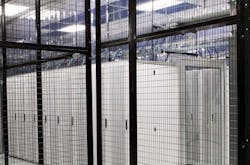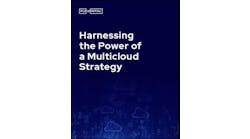The colocation data center is rising in popularity, and a new e-book from Sabey Data Centers explores why these have become popular alternatives to proprietary facilities for several key reasons.
Get the full report.
The e-book explores the following benefits, in particular: core competency, access to cost-efficient expertise, moving OPEX to CAPEX, and flexibility and scalability.
All of these can be crucially important to businesses and institutions in which big data plays a key role in success.
The new report also explores a variety of different elements to consider during the search for the right colocation data center for you.
First up — location. The report points out that where a colocation data center is located can directly influence TCO in many ways — specifically, the cost of energy in that region. The Pacific Northwest stands out because of its proximity to affordable hydropower, Sabey Data Centers points out.
“Low energy costs contribute directly to a favorable TCO since power represents the most substantial recurring expense for data centers.” — Sabey Data Centers
Annualized power usage efficiency (PUE) is also a crucial factor. According to the report, this is a strong indicator of the total cost of ownership (TCO). Next up, concurrent maintainability. Each minute of data center downtime may cost tens of thousands of dollars or more depending on the deployment.
Lastly, track record, which Sabey Data Centers contends is the final and most important evaluation benchmark.
“Tenants must establish complete confidence in the data center provider’s ability to maintain the standards outlines in SLAs,” the report states. “The closest thing to 100-percent assurance that a colocation data center can provide is a glowing track record, one that reflects a real-world dedication to uptime, energy efficiency, sustainability, accurate and transparent billing, and strong customer service in existing facilities.”
Download the full report, “Top Factors to Consider when Assessing a Colocation Data Center Facility,” to explore further the benefits of colocation, and what to pay attention to in your search for a provider.





